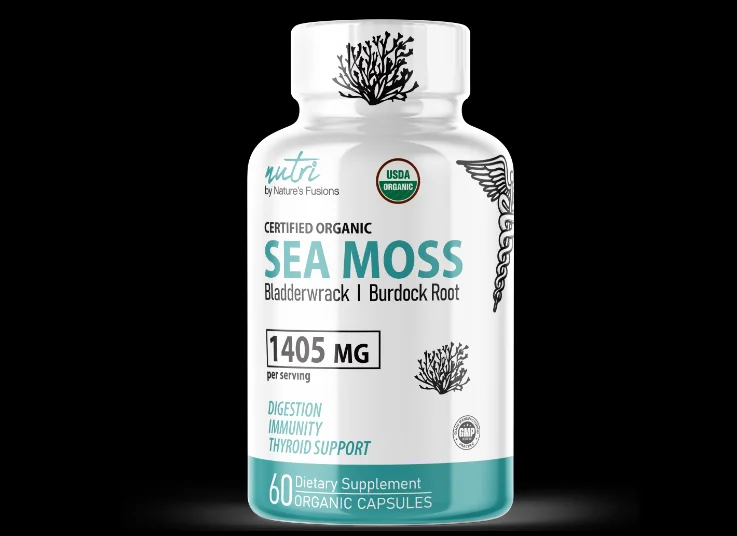Marijuana use has become increasingly common, with more people turning to weed for recreational, medical, or stress-relief purposes. However, when the time comes to stop using it, many people are surprised to experience withdrawal symptoms. Whether you’re quitting after frequent use or just cutting back, understanding the typical weed withdrawal duration is essential. In this article, we’ll explore how long it typically lasts, what to expect, and some helpful tips for managing the symptoms.
Quitting marijuana can come with a range of withdrawal symptoms that vary in severity and duration depending on several factors, such as the frequency of use and individual biology. Weed withdrawal duration typically lasts from a few days to several weeks, with most people experiencing peak symptoms within the first week of quitting. In this post, we’ll discuss how long these symptoms last, the phases of withdrawal, and ways to cope with the process.
What Causes Weed Withdrawal?
While marijuana is often viewed as less addictive than substances like alcohol or nicotine, long-term use can still lead to dependence. When you regularly use weed, your brain becomes accustomed to the presence of THC (the primary psychoactive compound in marijuana). Once you stop using it, your brain has to readjust to functioning without the THC. This adjustment period is what triggers withdrawal symptoms.
The symptoms can include irritability, mood swings, trouble sleeping, decreased appetite, and vivid dreams. Although these symptoms can be uncomfortable, they are typically less intense than withdrawals from harder drugs.
How Long Does Weed Withdrawal Last?
The duration of weed withdrawal can vary significantly from person to person. However, most people will start feeling withdrawal symptoms within the first 24-48 hours after they stop using marijuana. These symptoms usually peak within the first week and gradually decline over the next few weeks.
A Typical Timeline of Weed Withdrawal
1 to 2 Days After Quitting: Symptoms of withdrawal usually start to appear within the first 24-48 hours. During this time, you may feel restless, anxious, or irritable. Physical symptoms like headaches or nausea may also occur.
3 to 7 Days After Quitting: This is usually when symptoms hit their peak. Mood swings, anxiety, and sleep disturbances are most intense during this phase. Vivid dreams and difficulty falling asleep are common.
1 to 2 Weeks After Quitting: Most of the intense symptoms will start to subside. You may still feel irritable or have trouble sleeping, but these effects generally start to decrease after the first week.
3 to 4 Weeks After Quitting: By the third or fourth week, most of the symptoms will have significantly diminished. You might still experience mild cravings or occasional mood swings, but the worst of the withdrawal will likely be over.
For most people, the weed withdrawal duration lasts between two to four weeks, with the most intense symptoms occurring in the first week. However, for heavy or long-term users, symptoms can last longer, sometimes stretching into months.
Factors That Affect Weed Withdrawal Duration
Several factors can influence how long it takes for withdrawal symptoms to subside. Here are some key elements that can impact your experience:
Frequency of Use: Regular or heavy users are more likely to experience longer and more intense withdrawal symptoms compared to occasional users.
Duration of Use: If you’ve been using marijuana for years, your body may take more time to adjust, leading to a longer withdrawal period.
Method of Consumption: Smoking, vaping, or consuming edibles all deliver different levels of THC. Some methods may result in a slower release of THC from your body, impacting the withdrawal timeline.
Individual Biology: Every person’s body reacts differently to THC. Factors like metabolism, overall health, and even genetics can influence how quickly your system clears THC and how intense your withdrawal symptoms may be.
Coping with Weed Withdrawal
Going through weed withdrawal can be tough, but there are several strategies to help you manage the symptoms and make the process easier:
Stay Hydrated: Drinking plenty of water can help your body flush out toxins and may reduce headaches or fatigue.
Exercise Regularly: Physical activity can help improve your mood and sleep, two areas that are often impacted during withdrawal.
Sleep Hygiene: If you’re struggling with sleep, practice good sleep hygiene. Go to bed at the same time each night, avoid screens before bed, and try relaxation techniques like meditation or breathing exercises.
Healthy Diet: Eating a balanced diet rich in nutrients can help your body recover from withdrawal faster.
Seek Support: Whether it’s from friends, family, or a support group, having someone to talk to can make the process easier.
Stay Busy: Keeping your mind occupied with hobbies or activities can help distract you from cravings and withdrawal symptoms.
Common Withdrawal Symptoms to Expect
During weed withdrawal, it’s normal to experience both physical and psychological symptoms. While these can vary from person to person, here are some of the most common ones:
Mood Swings: Irritability, anxiety, and even mild depression are common as your brain adjusts to functioning without THC.
Sleep Issues: Insomnia, vivid dreams, or waking up frequently during the night are common during withdrawal.
Decreased Appetite: Many people experience a temporary loss of appetite when they stop using marijuana.
Restlessness: You may feel fidgety or have difficulty relaxing in the early stages of withdrawal.
Cravings: Strong urges to use marijuana again can be a significant challenge for many people during withdrawal.
Conclusion
Quitting marijuana isn’t always easy, especially if you’ve been a long-term user. While the weed withdrawal duration can vary, most people experience symptoms for about two to four weeks, with the worst symptoms peaking during the first week. Understanding what to expect and finding strategies to manage withdrawal can make the process smoother. Remember, the symptoms are temporary, and many people find that quitting weed leads to improved mental clarity, mood, and overall well-being in the long run.
Frequently Asked Questions
1. How long does weed withdrawal last for a daily user?
For daily users, weed withdrawal symptoms can last anywhere from two to six weeks, depending on factors like how long they’ve been using and their individual biology.
2. What are the first signs of weed withdrawal?
The first signs of weed withdrawal typically include irritability, restlessness, anxiety, and trouble sleeping, which usually start within the first 24-48 hours of quitting.
3. Can weed withdrawal cause anxiety or depression?
Yes, anxiety and mild depression are common symptoms of weed withdrawal, especially in the first few weeks. These symptoms tend to improve as your body adjusts.
4. What can help with sleep during weed withdrawal?
Maintaining a regular sleep schedule, avoiding screens before bed, and practicing relaxation techniques can help with sleep problems during withdrawal. Over-the-counter sleep aids may also be beneficial but should be used cautiously.
5. Is there a way to speed up the withdrawal process?
Staying hydrated, exercising, and eating a balanced diet can help your body clear THC faster, but there’s no guaranteed way to “speed up” withdrawal. The process takes time, and the body needs to adjust naturally.
By understanding the timeline and symptoms associated with weed withdrawal duration, you’re better prepared to navigate the process and find relief. Stay strong—you’re not alone in this journey!

David Weber is an experienced writer specializing in business and related fields, delivering insightful and informative content for diverse audiences.





